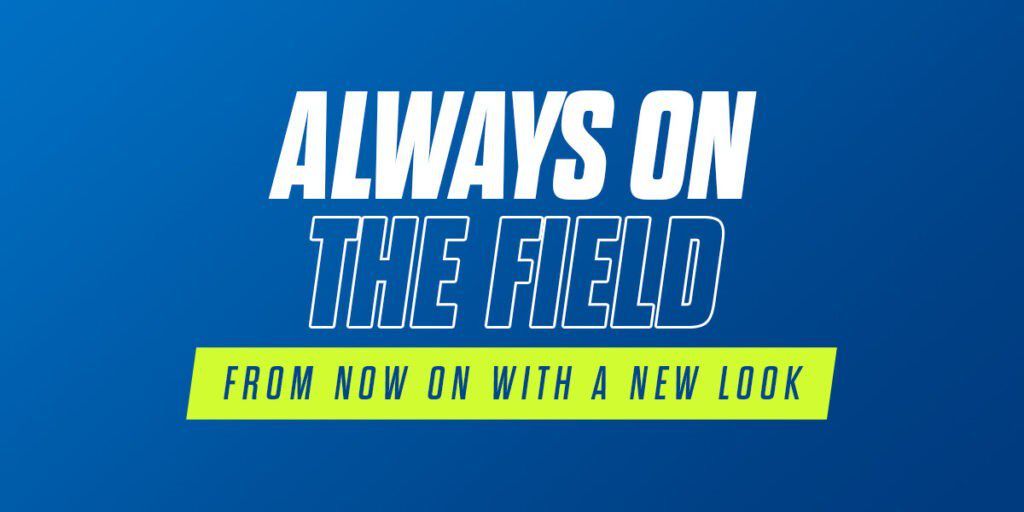How to best train your abdominal muscles

- 1 Starting with the basics
- 2 Starting with the basics
- 3 Lower abs
- 4 Upper abs and obliques
How to train abs: starting with the basics
To increase the explosive strength of the legs, an athlete needs some essential skills: perseverance and knowledge of their body and limits. Despite common beliefs, abs should be trained with the same attention and method as any other muscle group. Frequency, intensity, and proper execution of exercises are all essential factors to consider during a workout.
But which muscles should you train? Start with the rectus abdominis, which is the front wall of the abdominal muscles where the famous “six pack” is formed. Then move on to the oblique muscles, the internal and external muscles, which help perform torso twists. The transverse muscle, on the other hand, helps to form the abdominal wall and starts at the back of the torso, eventually going horizontally across the entire abdomen. Usually, when under stress, it contracts on itself without making other muscles move. Its function is vital because it helps stabilize the spine. However, it is essential to remember that the abdominals are only one part of the core. It is also essential for you to train other muscles to ensure proper balance, such as the buttocks and lower back.
Nutrition also plays a key role in abdominal training; in fact, it is necessary to decrease overall caloric intake, focusing mainly on foods such as protein, vegetables, fruits, or whole grains. Of course, an athlete must also calculate well when to eat, whether before or after an intense workout.
How often should you train the ab muscles?
The frequency with which you train your abdominal muscles depends on your specific goal and level of training. For most people, abdominal training three or four times a week is a good number. This type of frequency gives adequate recovery time between sessions. It promotes progressive muscle growth without reaching surges of effort or excessive pauses.
However, it is a good idea to encourage proper recovery for the abdominals to avoid excessive efforts that could endanger your health. For example, if the training program contains exercises that stimulate the abs as stabilizers, only two weekly sessions may be sufficient.
The best exercises to train the lower abs
The abs are composed of several segments, including the lower abs, a misnomer for defining the rectus abdominis. Here are some of the best exercises to train this area:
- Reverse crunches: lie on a mat, lift your bent legs until they form a 90-degree angle to the floor. Lift your lower back, bringing the knees toward your chest. Finally, slowly return to the starting position without touching the floor with your legs.
- Leg Raises: with this exercise, it is important to stay on your back with your arms at your sides and legs extended. Slowly raise your legs, keeping them taut until they point toward the ceiling, then lower them toward the floor without touching it.
- Bicycle Crunch: lie on your back with your hands behind your head. Lift your legs off the floor and bend your knees at a 90-degree angle. Bring the left elbow towards the right knee, while the left leg is extended so that it is parallel to the floor. Repeat the exercise on both sides.
- Plank Hip Dip: Plank on outstretched arms and feet together. Rotate your hips to the right, touching the floor slightly, then return to the starting position and repeat the movement on the left side.
The best exercises to train the upper abs and obliques
In addition to specific exercises for the lower abs, it is essential to include exercises that involve the upper abs and obliques. Here are some ideas:
- Classic crunches: lie on your back with your knees bent and your feet resting on the floor. Lift your head and shoulders off the ground so that the abdominal muscles contract. Remember to keep your neck relaxed as much as possible.
- Russian Twist: Remain seated with your back straight and slightly tilted backward. Keep your feet off the ground. Rotate your torso to the right and then to the left, touching the floor with your hands at each side.
- Side Plank: Perform a side plank, resting on the forearm and side of the foot. Keep your body in a straight line by contracting your oblique muscles.
- Dead Bug: Lie on your back with arms extended toward the ceiling and legs raised off the ground. Extend one arm above your head, and bring the opposite leg toward the floor, then return to the starting position and repeat on the other side.
Training the abdominals requires proper training and a variety of targeted exercises to engage all areas of this vital muscle. The key to optimal results is consistency and proper exercise execution. A strong core improves athletic performance and is essential for good health and a functional body.








